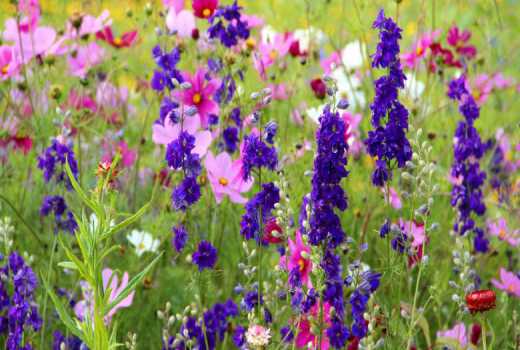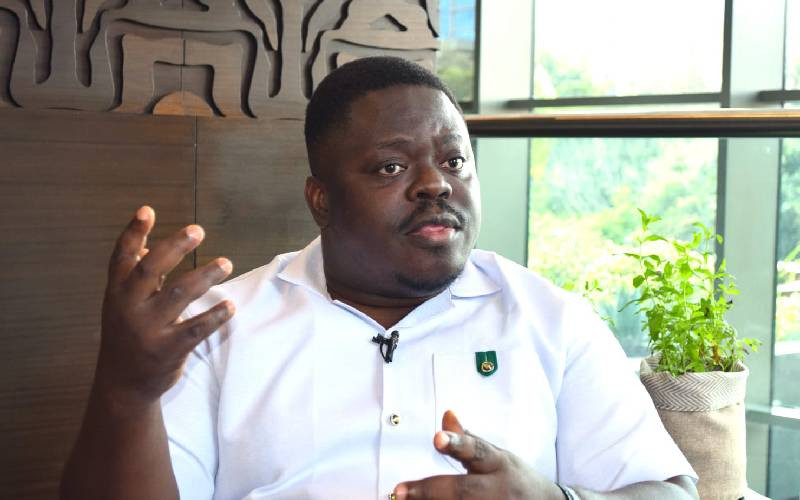
Of all the elements of landscape design, colour is perhaps the most powerful. It sets the mood and influences how space is perceived.
Yet many of us don’t pay enough attention to colour in the garden.
A few of us may have ‘favourite colours’ which we splash around the garden without understanding their effect on the resultant garden space. To get the most out of colours in the garden, a little understanding of how we perceive colours and how to coordinate them is essential.
Warm colours
Red is the hottest colour in the garden. It is energetic and powerful, often dramatic and can be exciting or even alarming. Because of its energy it is advancing and is perceived instantly, even when present in small patches among other colours.
Orange is also warm and advancing. It is lively and vital, possessing some of the energetic quality of red but tempered by the yellow it contains. Yellow is warm but without the passion of red. It is stimulating but gentle and tends to advance when combined with cooler colours. It has a clear, fresh and cheerful character.
Cool colours
Blue is the coolest colour and the most recessive in our field of vision. It is calming and serene but also expansive and inspiring. It embodies sophistication and elegance but can also be airy and even ethereal when used extensively.
Indigo and violet contain both blue and red. Like blue, they are cool and receding but less so than pure blue. The power of red gives them an uplifting quality and they can be quite mysterious.
Neutrals
Green is a neutral colour in many ways. It is neither warm nor cool, neither receding nor advancing. It is soothing and balancing, but also stimulating.
Green light is the most easily focused by the eye. To look at green objects requires the least effort. It also allows the sharpest distinction of contours and outlines.
White is neutral, favouring none of its composite parts; it neither advances nor recedes and is neither warm nor cool. But because a white surface reflects all the light that falls on it, it takes on the qualities of that light.
A white flower would appear warm and advancing in the golden light of sunrise and sunset, but cool and receding in blue twilight.
Stay informed. Subscribe to our newsletter
The writer is a landscape architect
[email protected]
 The Standard Group Plc is a
multi-media organization with investments in media platforms spanning newspaper
print operations, television, radio broadcasting, digital and online services. The
Standard Group is recognized as a leading multi-media house in Kenya with a key
influence in matters of national and international interest.
The Standard Group Plc is a
multi-media organization with investments in media platforms spanning newspaper
print operations, television, radio broadcasting, digital and online services. The
Standard Group is recognized as a leading multi-media house in Kenya with a key
influence in matters of national and international interest.
 The Standard Group Plc is a
multi-media organization with investments in media platforms spanning newspaper
print operations, television, radio broadcasting, digital and online services. The
Standard Group is recognized as a leading multi-media house in Kenya with a key
influence in matters of national and international interest.
The Standard Group Plc is a
multi-media organization with investments in media platforms spanning newspaper
print operations, television, radio broadcasting, digital and online services. The
Standard Group is recognized as a leading multi-media house in Kenya with a key
influence in matters of national and international interest.








